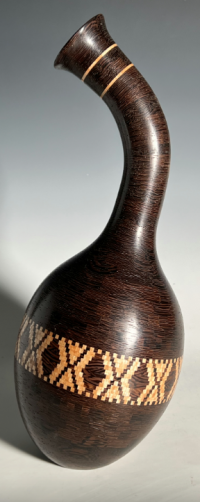Brianprigger
PRO Member
I have some gaps from my glueup between the rings. I'm wondering if there are any good suggestions on hiding the gaps to salvage my piece.
Also I see how I messed up gluing the rings so no need to rehash that
Also I see how I messed up gluing the rings so no need to rehash that

